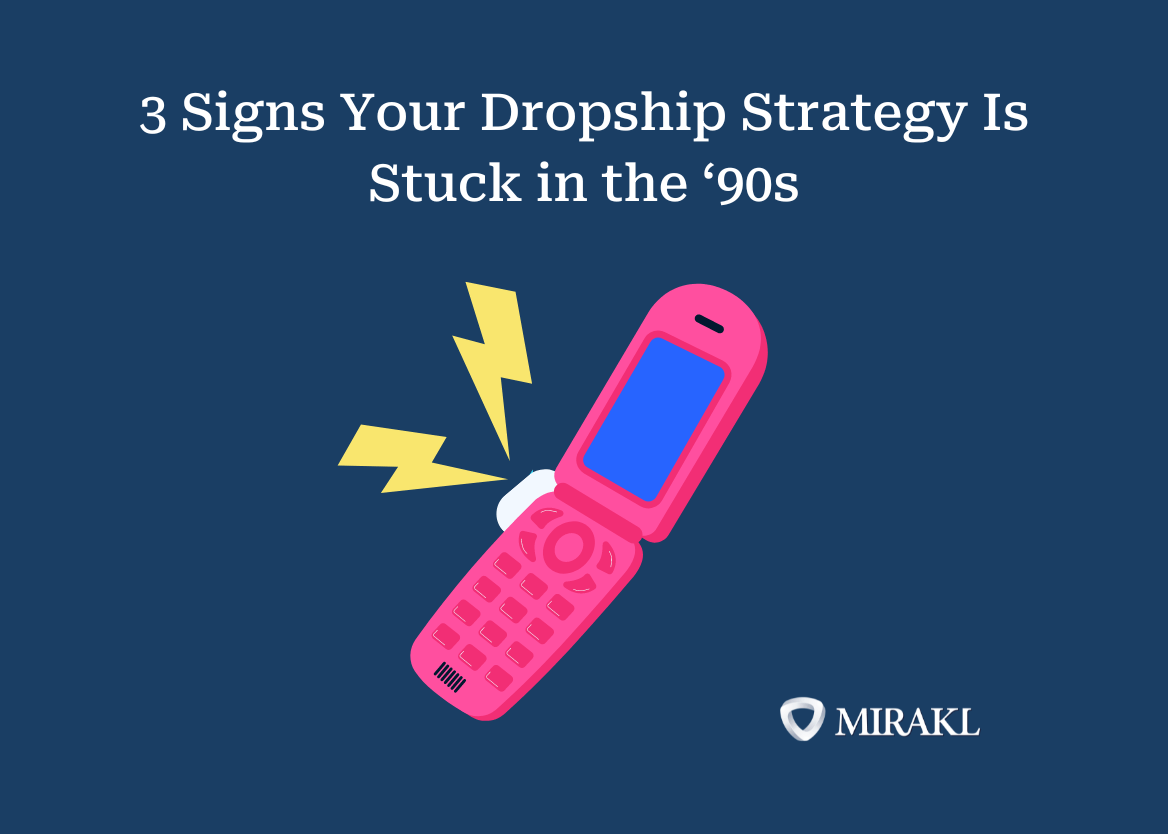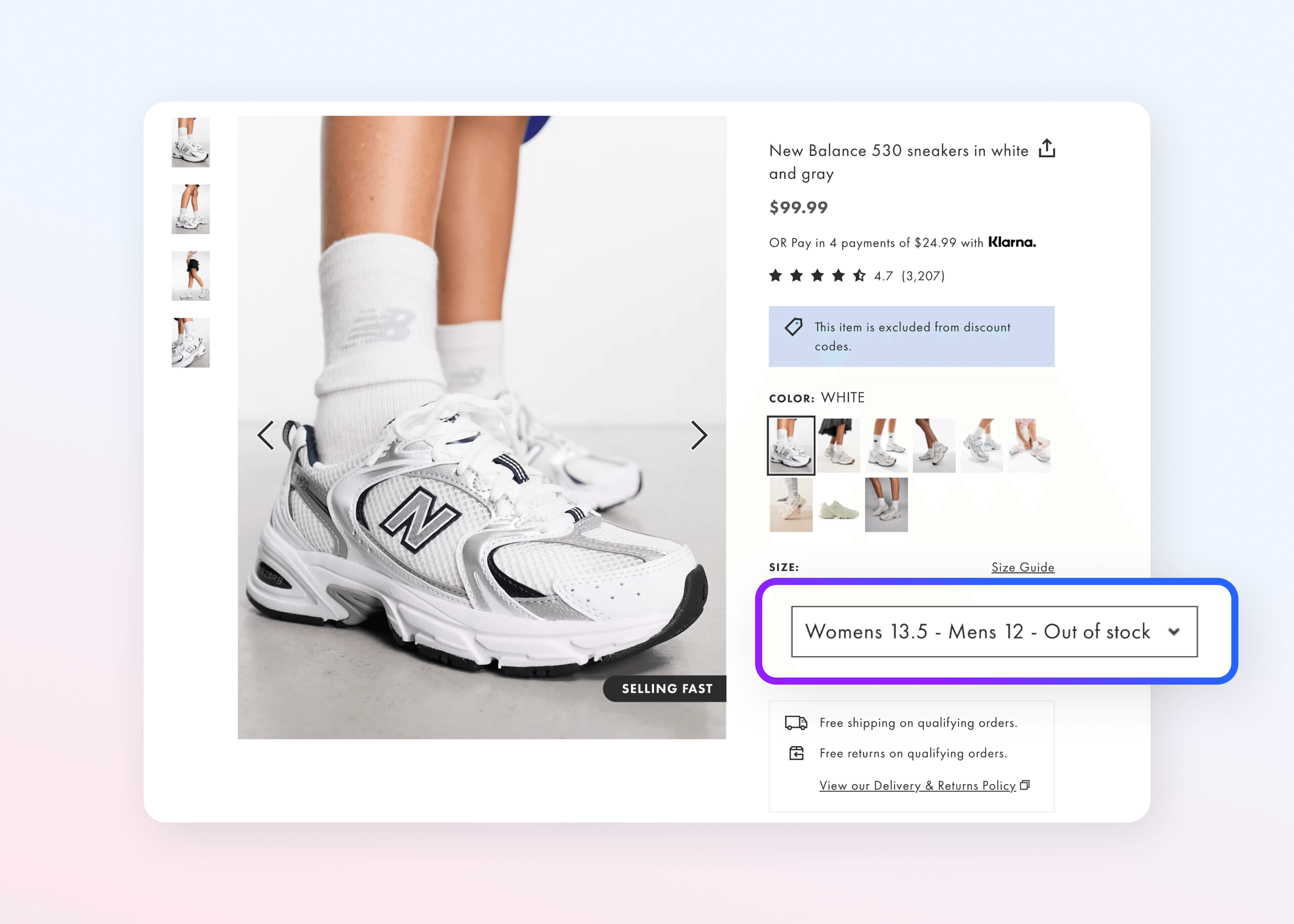3 Signs Your Dropship Strategy Is Stuck in the '90s: Lacking Centralized Insights for Better Pricing Decisions

We previously discussed the important role that dropship plays in offering product variety, newness and easy website navigation for your shoppers. When done right, dropship is key to maintaining customer loyalty and creating more repeat customers. This is key to earn your customers’ loyalty and keep them coming back for more.
Equally important to the bottom line is to have the right pricing strategy, so you can benefit from all this ongoing traffic. According to a report published by AlixPartners and World Retail Congress, 75% of retail executives are confident they’ll get a good return on their digital investments, but they need to establish new KPIs to turn shrinking profits into customer and shareholder value. “Most retailers are data-rich, but insight-poor”, said Matt Clark, EMEA leader of retail practice at AlixPartners.
Retailers utilizing a dropship strategy often face challenges due to the insufficient insights necessary for optimizing cost, pricing, and profitability while maintaining competitiveness in the market. Having full visibility into both at the same time is essential to determine the best pricing strategy for revenue growth.
While there’s no perfect recipe for dropship profitability, there are a few clear landmines to avoid to ensure you can reach your profitability goals:
1. Long and manual processes to access cost
If you’re still working off of spreadsheets and emails for vendor cost management, you’re spending significant time and effort, and are still guaranteed to miss opportunities for optimization. Look for a dropship solution that offers an embedded tool for vendor cost management. It should allow you to validate SKUs and control cost updates for all of your vendors, and all of their products, in a single location, so you can get rid of those Excel files and clear out your inbox.
2. Disconnected, siloed systems
How long does it take to navigate multiple systems, emails and files to access vendor costs, calculate margins and set up prices that make financial sense for your profitability goals? Now, multiply this time by every product that your buyer team has to handle. The cost of these siloed systems is high: not only is it time-consuming, it’s likely delaying product time to market (not to mention the possibility for human error).
This is where your dropship solution can assist you. Look for a centralized interface that can offer your team real-time cost updates from vendors, automatically updating your internal systems for any approved cost changes, so you can quickly calculate the right margin and determine the retail price to meet your goals. A holistic view, all in one interface: easy, fast, and efficient!
3. Carrying the financial burden of promotions alone
Deals can make or break a purchase. In fact, according to Salsify, 79% of shoppers decide to complete a purchase based on pricing and discounts. But you don’t need to carry on the financial burden of discounts all by yourself. With the right solution in place, you can reduce the impact to your margins by inviting vendors to participate in all your promotions, negotiating discounts based on vendor costs and even set timeframes, all of it done through one single system. Making it easier for brands to participate will ensure you keep the right margins for profitability and no time wasted with manual negotiations.
Make it easier for you to keep an eye on your costs and margins so you can make better decisions on retail prices that make sense for your profitability goals. Your dropship solution should offer the right tools for you to gain operational efficiency to maximize your revenue.
Ready to bring your dropship practices into the future? Connect with Mirakl's resident dropship expert, Luke Heffernan, to learn more.



